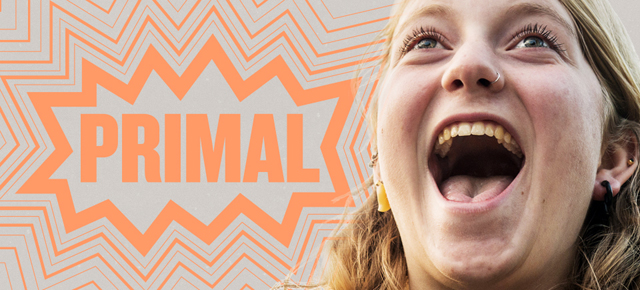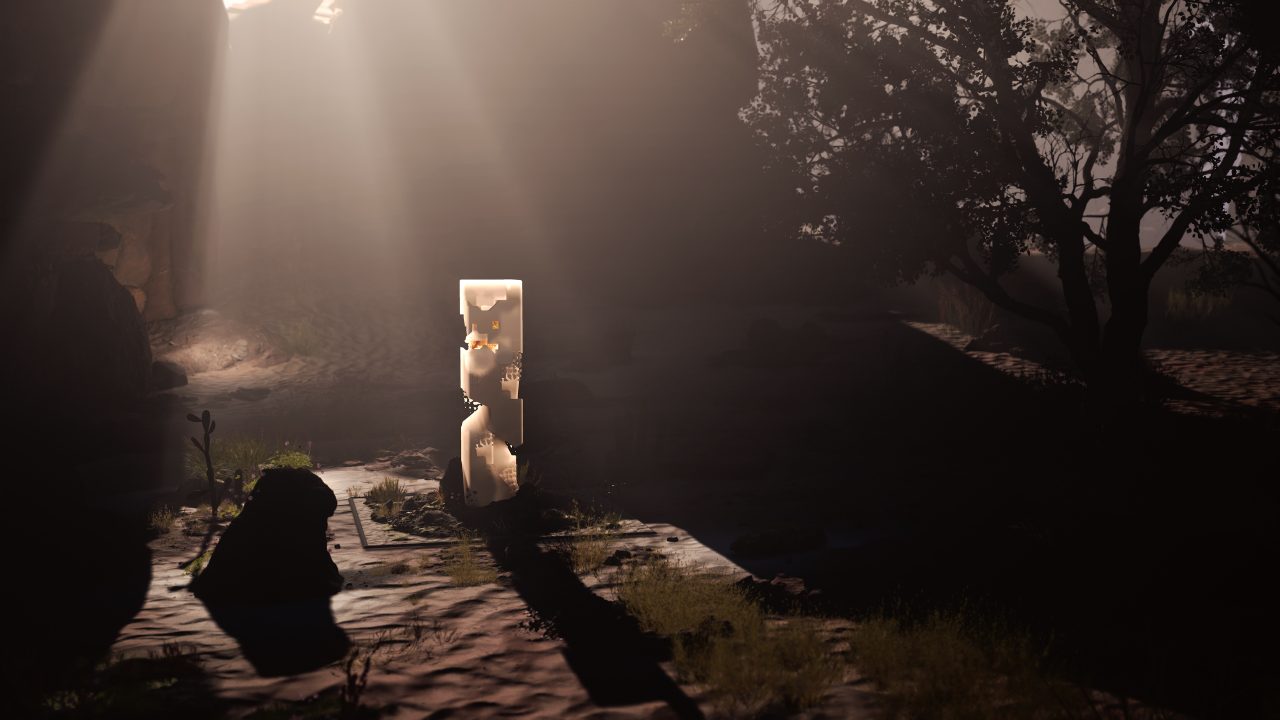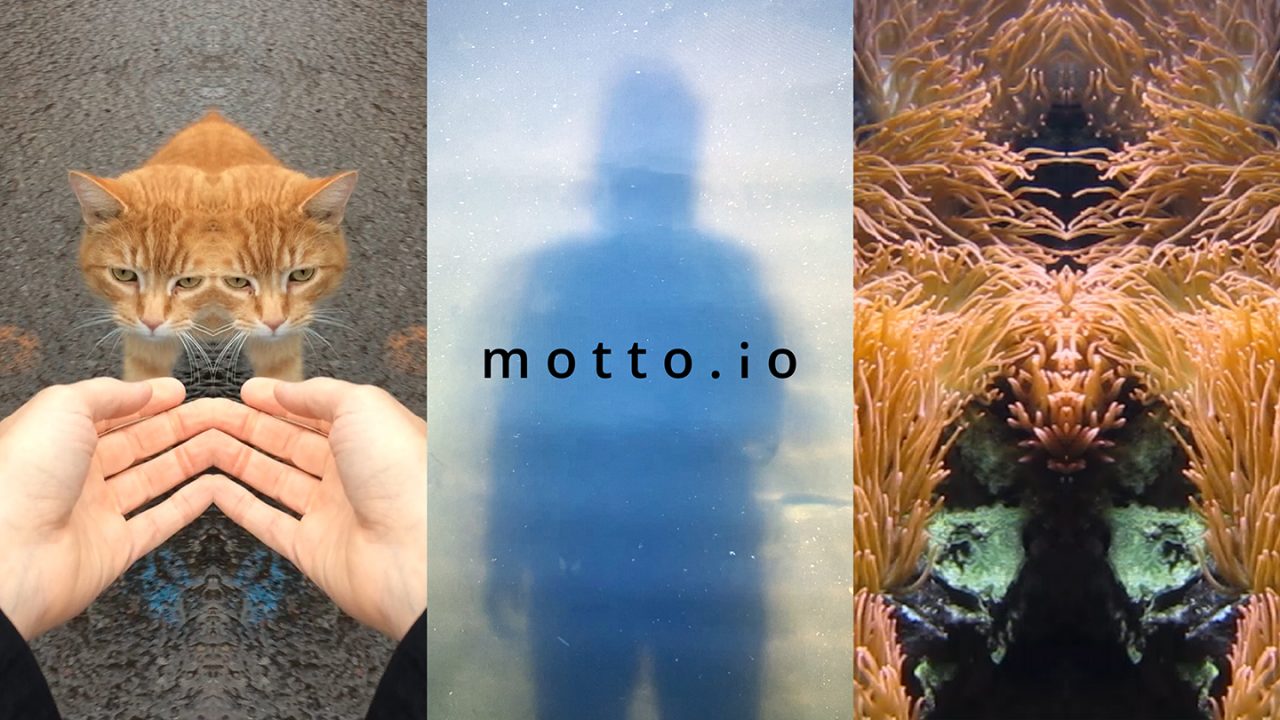
Primal: discovering the scream and its resonance
Primal: discovering the scream and its resonance
This post was written by Marie-Douce St-Jacques, who regularly contributes to designing study guides for the NFB. An interdisciplinary artist, contemporary art specialist and desktop publisher, she is interested in the creative process and cultural margins. In 2007, she received the Pierre et Yolande Perrault award for her master’s thesis, which interprets the delicate passage that links reality and fiction in Pierre Perrault’s film The Shimmering Beast. That was the first time a master’s student received this international award. She tells us about her experience in participating in the writing of the Primal study guide.
A scream growing up
I am a small and rather shy woman with a first name that seemingly predestined me to be delicate and even-tempered. When I got the assignment to weave links between screaming and art—a fascinating mission for a person like me, who is interested in vibrant and visceral forms of art—I had to ponder the following rather simple question for a long time: What is a scream? And, most importantly, what does a scream mean to me?
When I was about four or five years old, I remember screaming without warning into my mother’s ear, just to see what would happen. That, of course, was a very bad idea. She leapt up quickly and I understood from the shocked look on her face that I had hurt her. That day, I discovered that a scream is not just a noise, but also a potential weapon.
When I was a teenager, I was an introverted music-lover with a passion for marginal music. With my earphones glued to my ears, I dedicated myself fully to the task of listening, attentive to the melodies and dissonances, the lyrics and their cryptic meanings. Music guided me through the sometimes challenging ups and downs of adolescence. It was a form of therapy that got me singing and shouting—albeit always quietly, on the inside.
Art, a rallying scream
As a young adult, I learned about the arts and became politicized. I discovered that the creative process is synonymous with resistance: resistance against inertia, against the void; resistance against the chaos and disorder of daily life. I realized that a good work of art whispers its meaning to those who want to hear it. Above all, I understood that I was not alone and that a community revolved around my interests. Art was our rallying cry, and it took various forms.
The scream and art resemble each other a great deal. Both forms of expression are universal, free from the logic of words. They sublimate feelings that are difficult to verbalize in order to expose them to the light of day. They can be censored, feared, or liberating, and carry a host of other meanings. From Munch’s famous silent scream to Marina Abramović’s endurance-testing performances, from lively free jazz to Banksy’s political prints, from Francis Bacon’s hallucinated nightmares to the animal-like movements in Marie Chouinard’s choreographies: the scream in all its different forms awaits discovery.
Dare screaming
Henri Michaux wrote [translation] “We scream to silence that which screams.” To awaken what is… that’s not an easy task! The Primal study guide was designed to guide teachers in the discovery of the scream, a fundamental form of human expression that has often been under-valued or suppressed. Sublimated: the scream in art is a directory of works of art that invite students to draw links between the scream and art by providing hints to recognize the various symbolic forms of the scream, discuss them and draw inspiration from them.
Students will be invited to explore various ways of translating an idea into an image, to contribute to Primal: a collective work and to provide an account of their creation experience. Finally, the guide suggests A heartfelt cry to push the idea further and invites students to write a slam poem and perform it in class.
Without question, a scream is much more than the noise in one’s ears!




